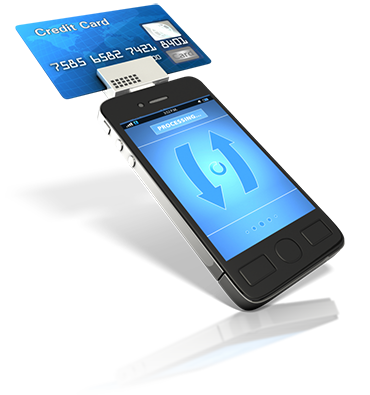4.5 E-commerce and m-commerce

Electronic commerce (e-commerce) and mobile commerce (m-commerce) – using the internet and mobile devices or smartphones to do business – are increasingly featured in business today.
Although e-commerce still only represents a relatively small proportion of the world's entire business its importance is growing for many organisations. In 2014 the number of people worldwide who owned a mobile phone for the first time, exceeded the number of people who had access to a desktop computer (ComScore, 2014, cited in Smart Insights, 2015). These channels have enabled the direct distribution of goods and services as companies are able to contact consumers directly via their computers, mobile devices or smartphones.
The ways in which companies conduct their business through e-commerce or m-commerce reflects on their brands; internet-based interactions with consumers are not simply functional transactions, but marketing communications that influence consumers’ perceptions, trust and relationship with companies and their brands. In many cases, internet-based interactions between businesses and consumers replace or supplement the in-store experience.
As well as building long-term relationships with existing customers, businesses need to ensure that potential customers can find them easily online. When consumers use a search engine to seek particular goods or services, where a company appears in the results listing is likely to determine whether or not its website is viewed. How many times have you read to page three or four in the listings on a Google search? Search engine optimisation (SEO) ‘is the process of improving the visibility of a website/web page via unpaid search results’ (Bell Media, 2016). It involves considering how search engines operate and which search engines and search terms target consumers use. Prices can be set by price per click or price per view. This can end up being expensive.
Activity 4
Consider the websites of two businesses from which you have purchased something: one you remember as a positive experience and one you remember as a negative experience. Think about the ways in which the site designs affected your experience as a customer and how the companies’ brands are communicated through the websites.
Comment
As so often, your answer will depend on the websites you chose to look at. You might have noted whether the website was easy to find, whether the products you were interested in were shown upfront or whether you had to click through several linked pages to find them.
You might also have considered how good the product choice was and how easy it was to compare the different products, and whether the price and the delivery conditions were right for you.
Your impression was perhaps also influenced by how easy it was to use the site. Most consumers greatly prefer websites that: make sense, are easy to use and include search facilities within the website.
4.4 Public relations (PR)
